From the Writing Desk: It’s May, and you know what that means!
Just kidding! May is Mental Health Awareness month. Brains and mental health are such a fascinating topic. Each of my books deals with mental health or neurodiversity in one way or another. In What Stars Are Made Of, Libby figures out how to navigate the world with her learning disability. In Breathing Underwater, Olivia tries to figure out how to be the best sister she can to Ruth, who is battling serious depression. And Nightmare House? Well, if I’m honest, that book is one big metaphor for anxiety.
The National Alliance on Mental Illness says on their website, “Openly talking to your children is a great way to help decrease this stigma [but] …it can be tough to know how to start the conversation.” So how do you start that conversation more easily? Well, books, of course!
That to me is why middle grade literature is so critically important, within this topic specifically, but just in general. This is when little humans are beginning to solidify their identity and world-view, and books provide a safe way for them to learn and grow.
So where do you start? Here is a list of 48 Middle Grade Books About Mental Illness, and another with 25 Tween Fiction Books That Tackle Mental Health in a Relatable Way (you may recognize a beautiful blue underwater cover on both these lists ;).
3 Questions About Mental Health in Middle Grade Fiction, with Cindy Baldwin:
When it comes to mental health and neurodiversity in middle grade books, one of the first people I think of is Cindy Baldwin. She is the author of many incredible middle grade books, all of which approach this in some way. She has thought and researched and taught about this more than anybody I know, and I’m SO thrilled to get some of her expertise on this today!
1- What aspects of mental health are most important to address for middle grade audiences specifically?
Um... is it okay to say "everything"?! Ha! I think that middle grade kids can be affected by pretty much every aspect of mental health and mental illness—family mental illness, personal mental illness, addiction, eating disorders, and more generally the stress of navigating tough things like puberty, school expectations, and peer pressure. I am so grateful that MG books are starting to cover more of these topics! As adults I think we often have an overly rosy view of what childhood is like, and want to shield kids from tough topics. But the reality is often that kids are really going through it, and books can be an invaluable tool for them to cope and process their experiences. Two things I think it's especially important to showcase in books are resilience and diversity. Resilience, because kids need to have examples of characters who have challenging experiences and are able to get through them in a healthy manner; and diversity, because kids need to recognize that there are a huge range of experiences when it comes to mental health and mental illness, and that it's okay for them to fall wherever on that spectrum they fall.
2- Many people wonder about what content can be included in middle grade novels. How do you approach that question when it comes to mental health topics for middle grade audiences?
I have actually only ever had one time where I was really unsure whether something I included in a book would be okay for a MG book, and that actually dealt with physical health (hemoptysis, or coughing up blood, which is something that happens to my character with cystic fibrosis in No Matter the Distance). For the most part, I think that kids are tough and mature and resilient, and they can handle a lot of things. I do think that there needs to be a balance: tough topics need to be balanced with lighter, happier scenes. Sometimes it can also help to have a side character struggling with a particularly thorny issue, rather than the protagonist, to give the reader a bit more space to process the situation. But in general, I think that middle grade readers can handle a lot. And as a parent of a daughter who has a mental illness, I want to see authors tackle those things, because books are such amazing tools for helping my daughter to understand herself and her illness! She has probably read Guts by Raina Telgemeier a dozen times at this point.
3- What is your best craft advice for middle grade writers wanting to talk about mental health in their books?
My number one, all-important piece of advice for any writer who would like to write about a disability, whether it's something the protagonist has or a side character, is: remember that people with disabilities are human, with goals and vibrant inner lives of their own. Never reduce a mentally ill character to a stereotype. Never use mental illness as a surprise twist to shock the reader. Never include a mentally ill character solely as an obstacle in the way of your healthy protagonist's happiness. Mentally ill characters deserve exactly as much love, respect, autonomy, and power in their narrative as any other character does. For many people who live with mental illness, the discomfort society exhibits toward their behavior can be as debilitating as the illness itself. We don't necessarily have the power as authors to change the way society views and interacts with disabled people—but we do have the power to write books in which all people, no matter their situation, are treated with empathy, respect, and care. Writers have the power to create the world we want to see. Let's make sure that we create worlds where all people will feel welcome and cherished.
Thank you so much Cindy for giving us your amazing insight and wisdom about mental health in kidlit! Make sure to check out Cindy’s website and her incredible books!
What I’m Reading: Let’s talk Mental Health books! In addition to the books already mentioned (and definitely check out those lists!) I want to spotlight a book that should definitely be on more of those lists. An absolutely brilliant book that deals with mental health: The Three Rules of Everyday Magic by Amanda Rawson Hill.
What I’m Watching: Lately I’ve been slowly re-watching Leverage—an old favorite. (Not the reboot—I have no idea about that one, I haven’t even glanced in its direction.) Some of the plots can be a bit over-the-top, some of the writing can be a bit mushy, but ya know what? What they do well, they do really well. There’s something so much fun and so comforting about this amazing ensemble show.
Next Up At Disney: Did y’all see this? Here’s the thing—I have been…underwhelmed by the latest Disney offerings. I’ve done multiple Disneyathons of every Disney Feature Animated Film ever made, and if I’m honest, Strange Worlds was maybe the most meh of all of them. I even liked Home on the Range more than Strange Worlds. But this? This actually looks really really great! The animation looks incredible. I’m cautiously optimistic, and whatever else, Alan Tudyk is in it so I know 100% I’ll enjoy that part.
What I’m Drawing: Where does your cat fall on this spectrum?
I can shake off everything as I write; my sorrows disappear, my courage is reborn.
Anne Frank
Writing Opportunity: Touchpoint Press is accepting submissions for two anthologies—one Christmas, and one horror. That covers just about everyone, right? Check it out!
Teacher or Librarian? I would love to do a free virtual Q&A with your class or book group! If you’re interested in scheduling a visit you can reach out to me via my website. Let me know how I can support you! I’ve also got free classroom resources to accompany each book. You guys are rock stars!
Thanks for coming along everyone! I’d be honored if you forwarded this to anyone you thought might find it useful. Onward!
-Sarah

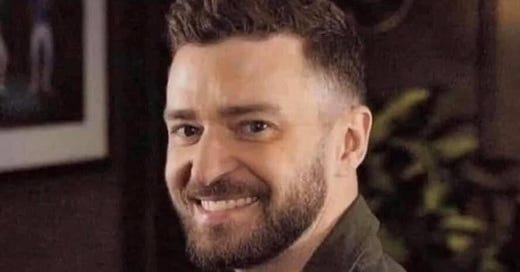



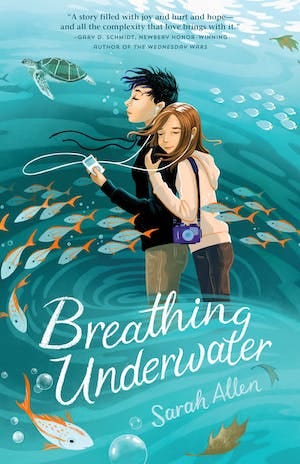

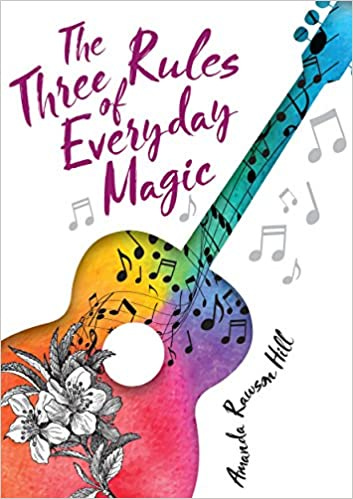
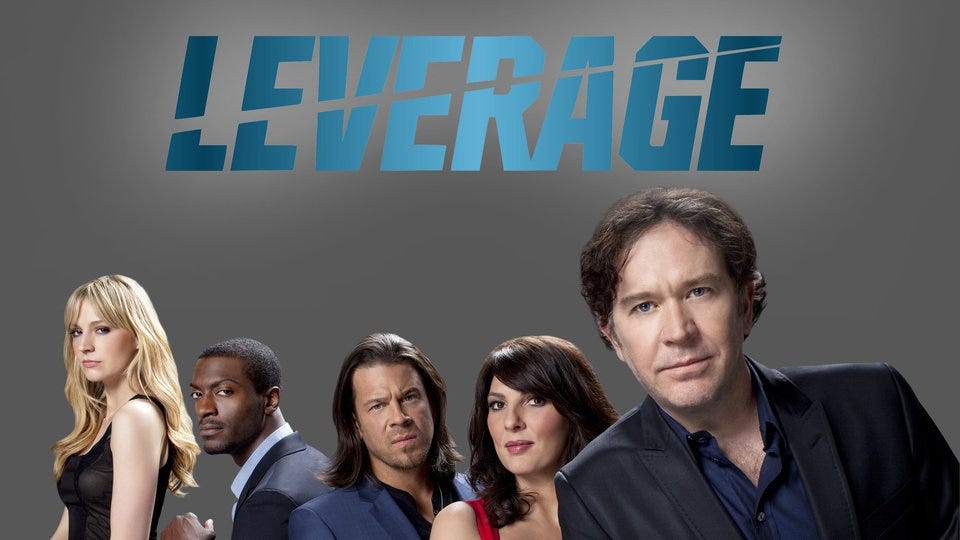
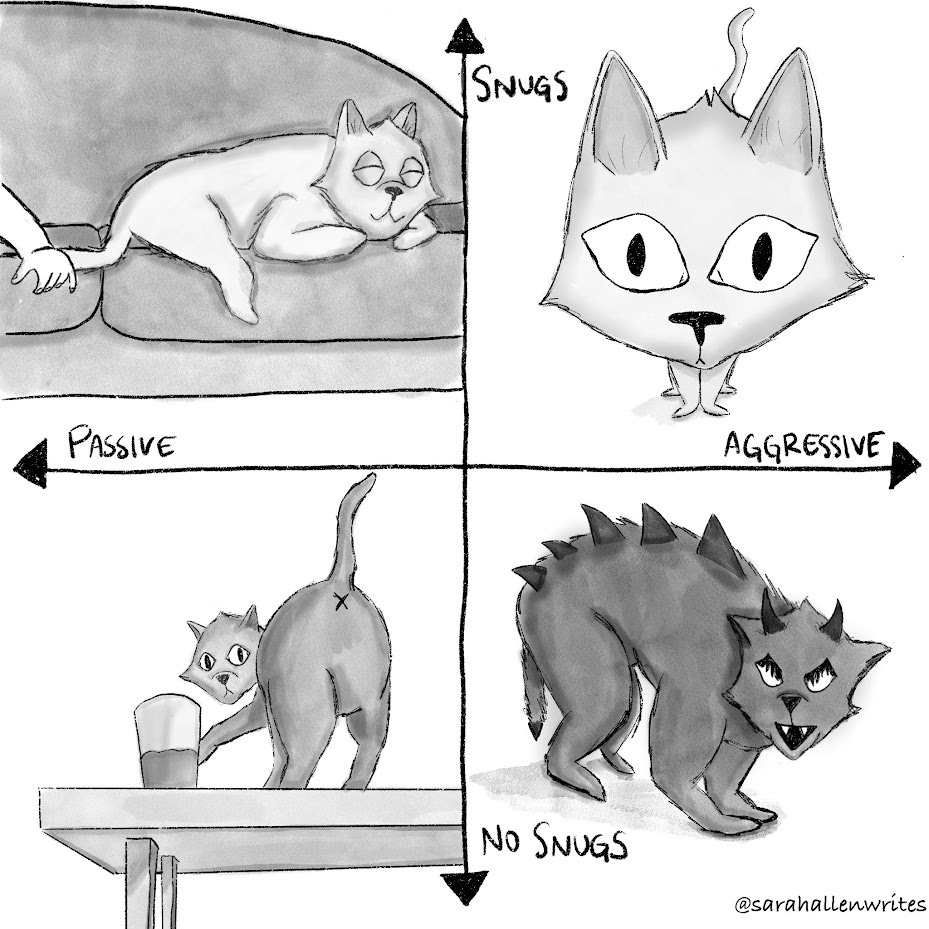
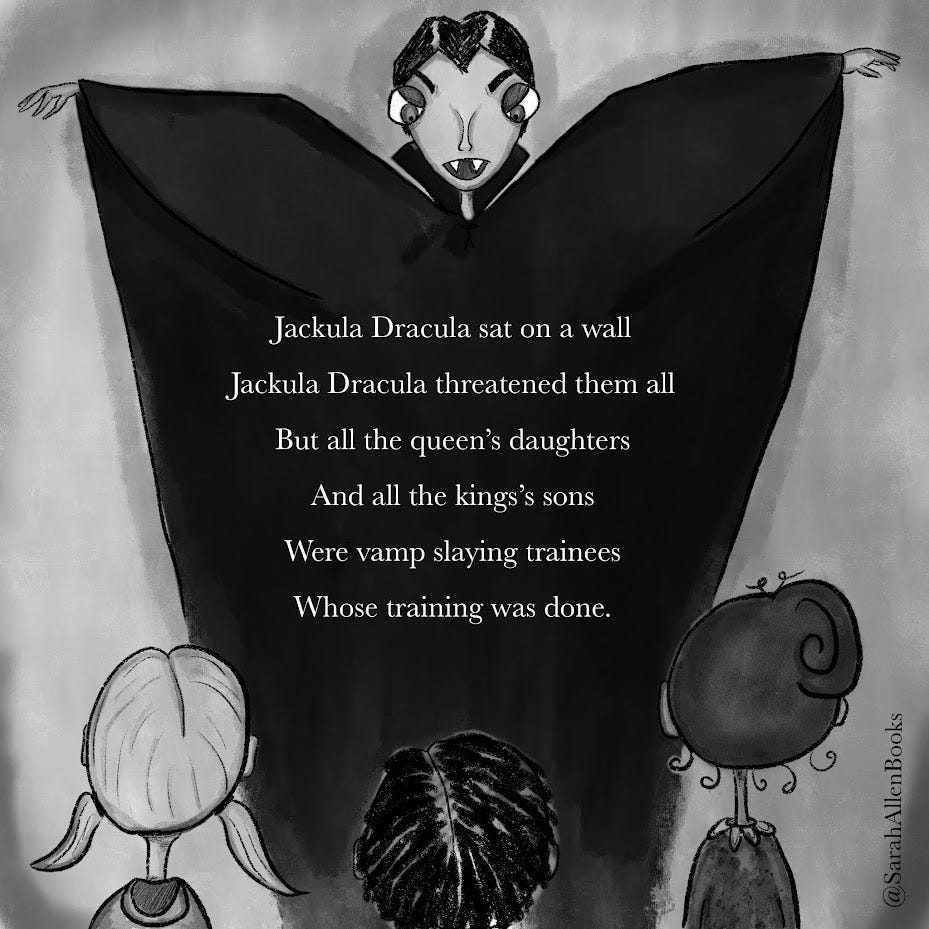
THANK YOU for this post. It's a great resource for folks looking for more books that cover the subject!